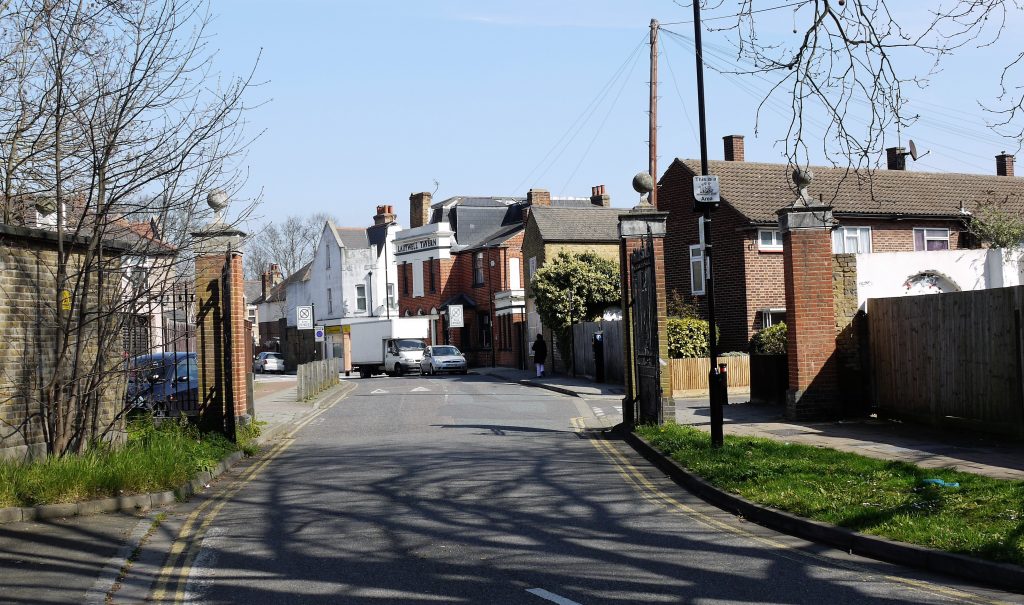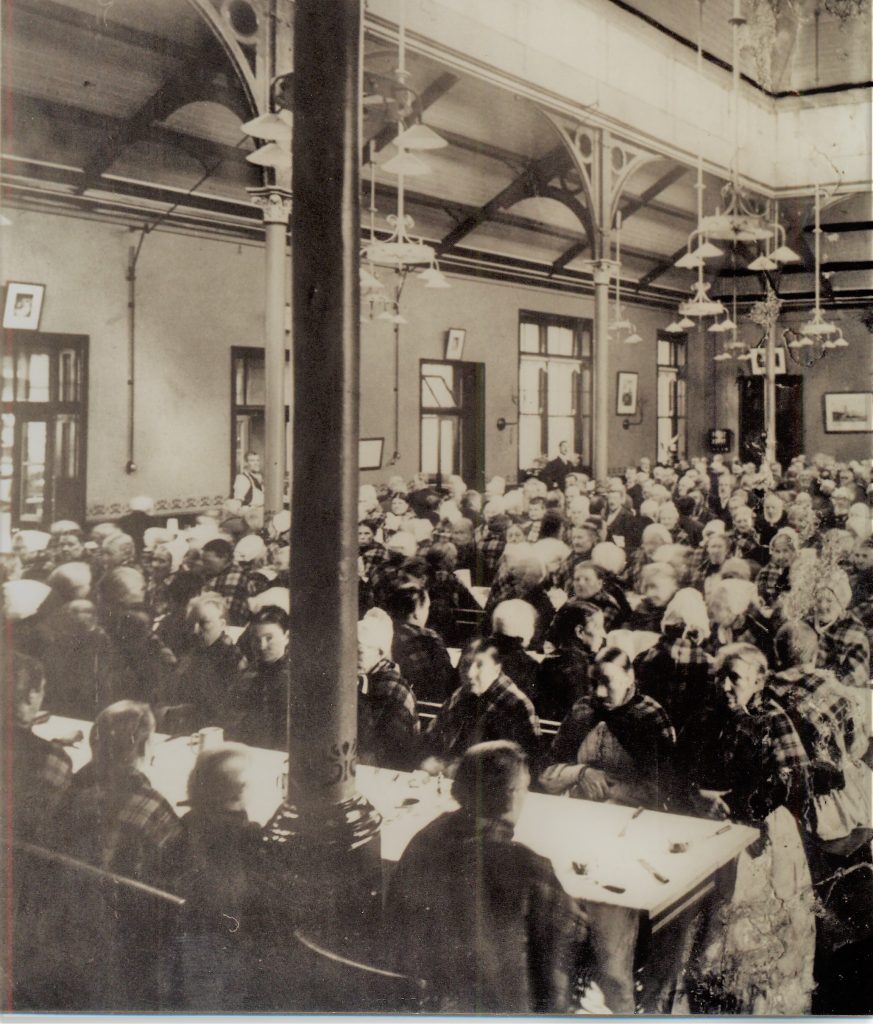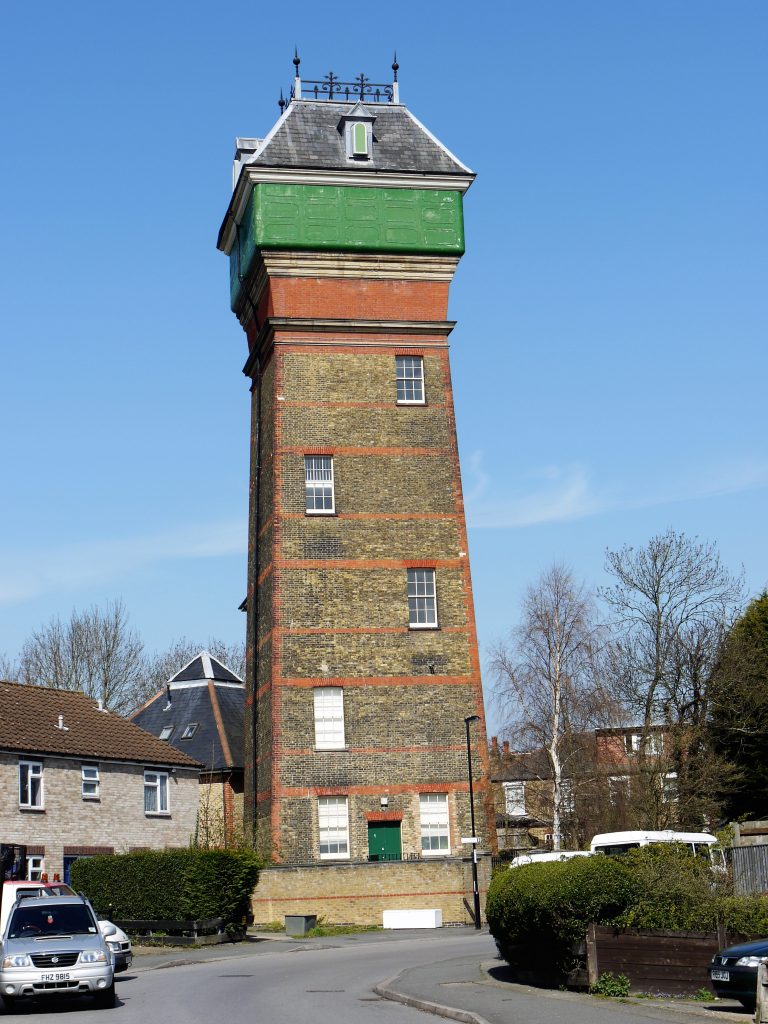
119 years ago on the 12th July huge crowds lined the streets from New Cross to Ladywell, writes Julian Watson. In Ladywell itself the crowd didn’t just line the road but completely filled it.
The excitement was caused by the imminent arrival of The Prince and Princess of Wales (later Edward VII and Queen Alexandria) who had come to open the brand new workhouse that had been built by St Olave’s Poor Law Union, Bermondsey. This extract from ‘Down in the Battle of Life’ by Wendy Barnes describes the scene well:
Why had the Bermondsey Poor Law Guardians built a workhouse in Ladywell, part of the newly formed Borough of Lewisham? Their own workhouses were inadequate and overfull; they desperately needed to accommodate their elderly and infirm poor.
They hadn’t sufficient land in Bermondsey so in 1897, the Guardians bought Slagrave Farm in Ladywell: 34 acres of fields with access from Ladywell Road next to the Ladywell Tavern.
There they built a vast new workhouse, which would be run in a more ‘enlightened’ way than the existing union workhouses that were designed to deter, with forbidding architecture and a very hostile and cruel environment.
Once a family had made the decision that they had no option but to enter the workhouse system, they were separated: men, women, children were all housed separately until the father had sufficient income to look after his family – then they could leave.

It had taken three years to build this workhouse so Ladywell residents must have become used to seeing a great number of contractors, artisans, labourers and wagons arriving and leaving daily over that period – plenty of trade for local shops and pubs. The impact of the residents later must, however, have been minimal as they were hardly ever allowed out.
By 1902 there were 385 men and 380 women housed separately in the new building. In addition there was, uniquely, a block for twelve married couples. The whole scheme, designed by Newman and Newman, comprised a central administration block and dining hall, three double pavilion blocks on each side, two chapels (Church of England and Roman Catholic), an isolation hospital, a water tower, receiving building, porter’s lodge and stables.
The regime was enlightened by the standards of 1900 but not by ours. Residents were only allowed out of the workhouse and grounds on one Sunday a month; late return or coming back drunk meant detention in the harsher conditions of the receiving block.
Men and women residents were segregated, wore workhouse uniforms and the discipline was strict: lights out at 9pm in the dormitories, prayers morning and evening also at mealtimes in the communal dining room.
Alcohol and tobacco were only allowed if prescribed by a doctor! Uniformed staff enforced, ‘the observance of good order, cleanliness, punctuality, industry and decency of demeanour amongst the inmates.

During World War I it became, as did Lewisham Workhouse and Infirmary, a military hospital – Bermondsey Military Hospital.
Workhouses were abolished in 1929 and the Ladywell buildings were taken over by the London County Council as a home for the elderly.
Ladywell Lodge, as it was later known, was closed in 1975 and most of the buildings were demolished. However, the entrance gates, Porter’s Lodge and stables survive in Slagrove Place, as do the administration buildings and water tower in Dressington Avenue.

The ethos of caring for the elderly continues in a much more ‘enlightened’ way in Lloyd Court Almshouses near the entrance gates and in the Alexander Care Home in Rushey Mead.
Picture credits. Historic images by courtesy of Lewisham Local History and Archives Centre. Modern photos by the author. Further reading: Down in the Battle of Life. By Wendy Barnes. Ladywell Society. C1984. Copies available in Lewisham Local History and Archives Centre. The author used a lot of material from the original workhouse minute books which are housed at the London Metropolitan Archives in Clerkenwell. A rare but fascinating publication. Workhouses of London and the South East. By Peter Higginbotham. The History Press. 2019.
This is the second in a series of articles on the history of our neighbourhood.
